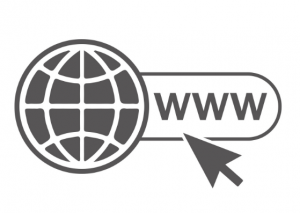Beginners Guide to Building a URL Structure
As you know, first impressions really do matter. And your URL structure is often one of the first things consumers see on search engine result pages.
Your URL structure is one of the most fundamental stages of SEO – it’s an important piece of the puzzle when it comes to creating a successful web page.
By the end of this article, you will know:
1. What a URL is
2. How URL’s work
3. How to Create Your Own
What’s a URL?
URL simply stands for “Universal Resource Locator”, which is a fancy way of saying web address. It’s the text that consumers type into their internet browser when they want to be directed to a website.
How do URL’s Work?
Your web browser locates pages using an IP (Internet Protocol), which is a series of numbers like 130.88.65.243. But it’s much easier for consumers to type a word-based URL than remembering a series of numbers. For example, https://differentgravydigital.co.uk/questions-answered-about-seo/
5 Top Tips for Optimising a URL Structure
An SEO-friendly URL structure should be …
1. Readable
Both users and search engines should be able to easily understand what your page is all about by looking at the URL.
Use hyphens to separate words – and remember Google does_not_read_underscores!
Don’t worry about stop words, URLs should be concise and to the point. Remove words like and, but, the, a, or etc.
2. Feature Keywords
Never miss an opportunity to boost your SEO ranking, your keywords still matter in your URL. But like any other element of your web page, you should avoid keyword stuffing.
3. Avoiding Redirects When Possible
While you may need to use redirects sometimes, you should aim not to. Think about the future and the structure of your website.
Use either a 301 redirect (to reduce duplicates) or a rel=canonical (to maintain the different versions).
4. Match URLS to Titles
Your URL creates an expectation for the content within the webpage.
For example, if the title of your page is “10 Benefits of Using Social Media”, your URL should be something like differentgravydigital.com/10-benefits-using-social-media.
5. Keep Them Short
Short URLs are usually better than lengthy ones. While you don’t need to worry about the length of your URL structure, where possible try to keep them between 50-60 characters.
The issue lies with the user experience, shorter URLs are a lot easier to remember, to copy and paste and they look neater when shared on social media platforms.
Conclusion
While businesses should work to optimise their URL structure – it really isn’t the end of the world. Search engines, like Google, have come a long way in understanding URLs, and other elements of SEO, and can overcome technical challenges like complex URLs.
It’s your job to make this as easy as possible search engines and users to interpret your URLs.
You might also like: